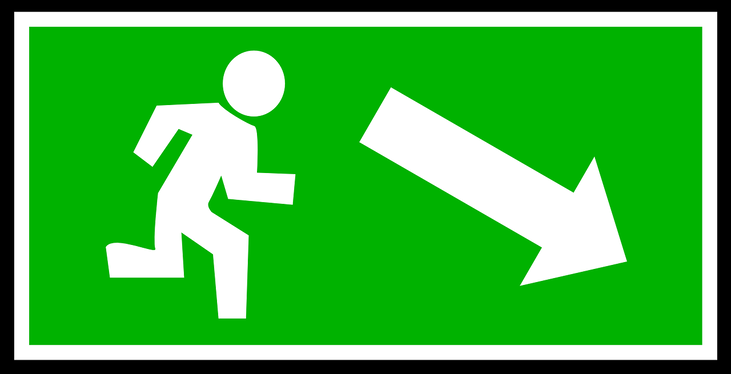|
Benjamin Franklin very accurately stated that “if you fail to plan, you plan to fail.” Emergency Action Planning is planning not to fail in the event of an emergency evacuation, severe weather event, fire, or other emergency. A great Emergency Action Plan (EAP) will reduce confusion, result in fewer and less severe injuries, and produce less damage if executed effectively. OSHA requires that every employer have an EAP for each workplace. To successfully develop an EAP, a workplace assessment should be done to identify all potential and likely threats and emergencies at your workplace.
The purpose of an EAP is to facilitate and organize employer and employee actions during workplace emergencies. The written plan shall be kept at the workplace and made available for employee review. The EAP plan should cover at a minimum:
Upon initial assignment, the employer must review the plan with each employee. The most common method is during an employee orientation. As conditions or roles change the employer is required to review the EAP and determine if responsibilities, or requirements need to change as well. It is best practice to also review annually to make sure something was not missed throughout the year. Before implementing the EAP, the employer is responsible for designating and training a sufficient number of employees to assist in the safe and orderly emergency evacuation of employees. Examples of employee roles in an emergency evacuation could include: fire brigade, medical team, emergency action coordinator, chemical response team, etc. Reasons for evacuation could include: fire, severe weather, acts of violence, chemical spills, or civil disturbance. The employer shall designate what signal will be used to warn employees and to designate rally points throughout the jobsite. Likewise, employees are responsible to know their role and all tasks associated with that role. When the EAP signal has been given (horn, strobe light, siren, etc.) employees must calmly proceed to the rally point or evacuate quickly. Good Emergency Action Plans will have an associated Fire Prevention Plan, but great EAPs will also have detailed plans for explosions, toxic releases, civil disturbances, and workplace violence. Depending on where in the country you may be located, plans for additional natural disasters like floods, earthquakes, hurricanes, tornados, wildfires, and winter weather should be considered. For more information on EAPs, OSHA standards can be found in CFR 1926.35(e) alongside a designated page for EAPs and different situations (https://www.osha.gov/emergency-preparedness). To keep the conversation going, download the Emergency Action Plan Toolbox Talk (TBT) or comment below.
0 Comments
Your comment will be posted after it is approved.
Leave a Reply. |
AuthorSTAC Admin Categories
All
Archives
July 2024
|


 RSS Feed
RSS Feed